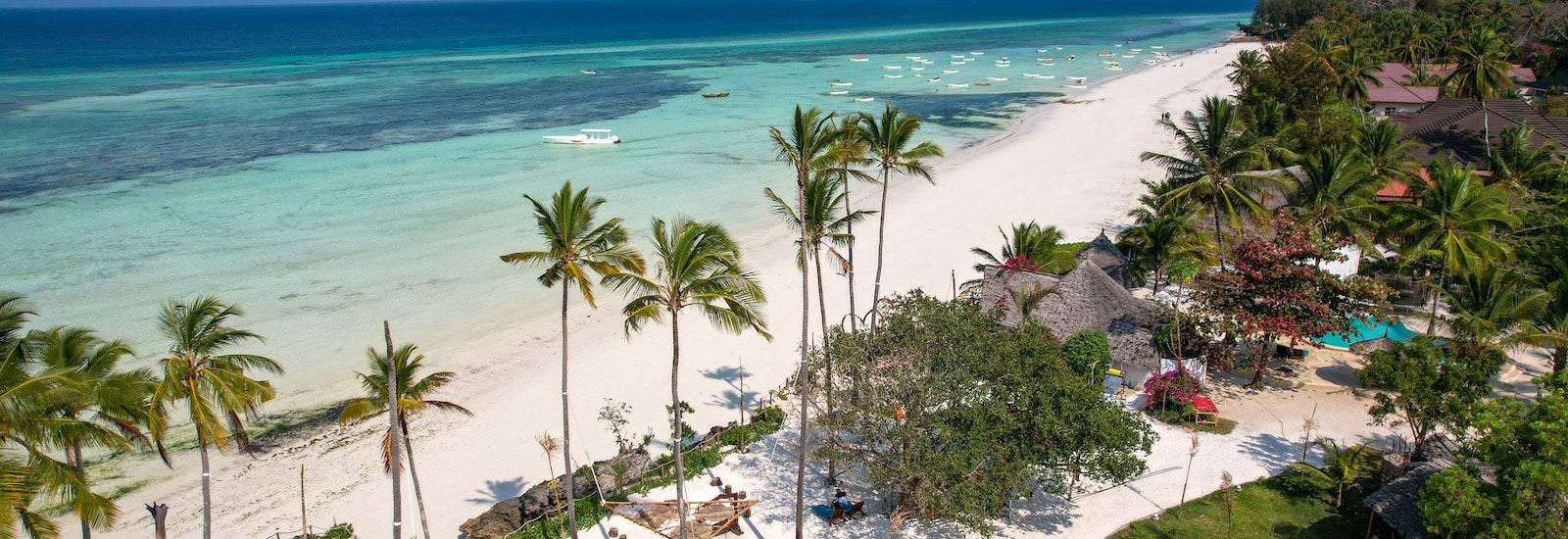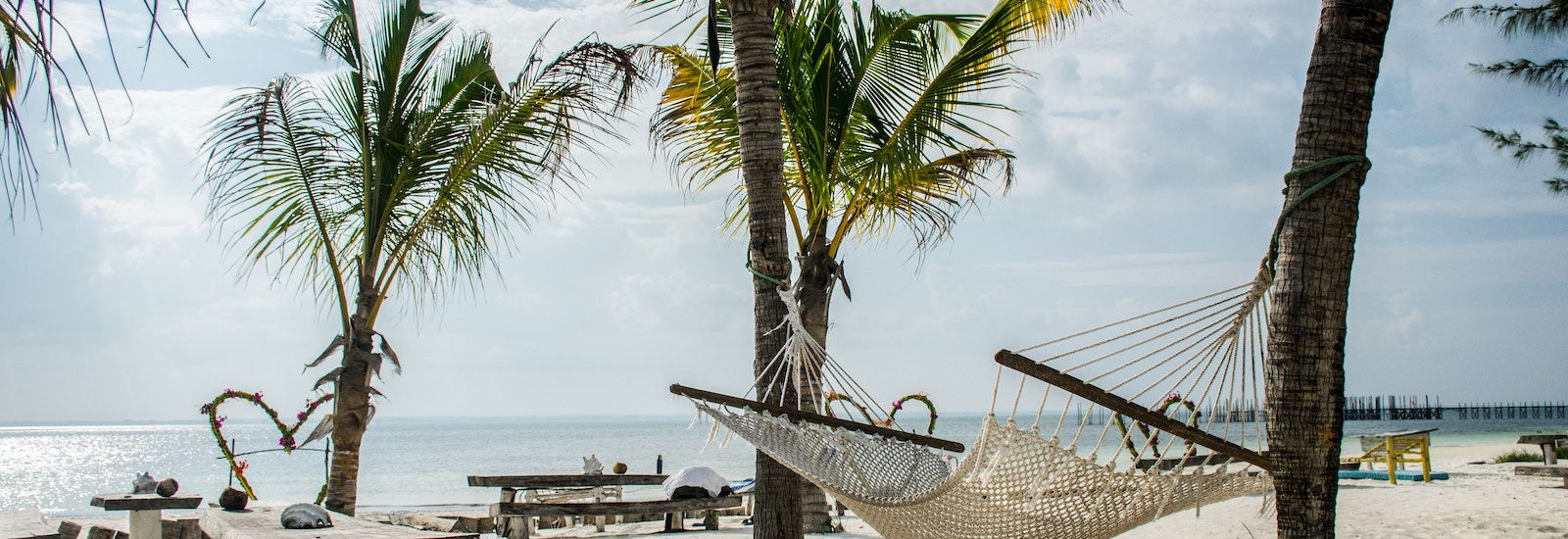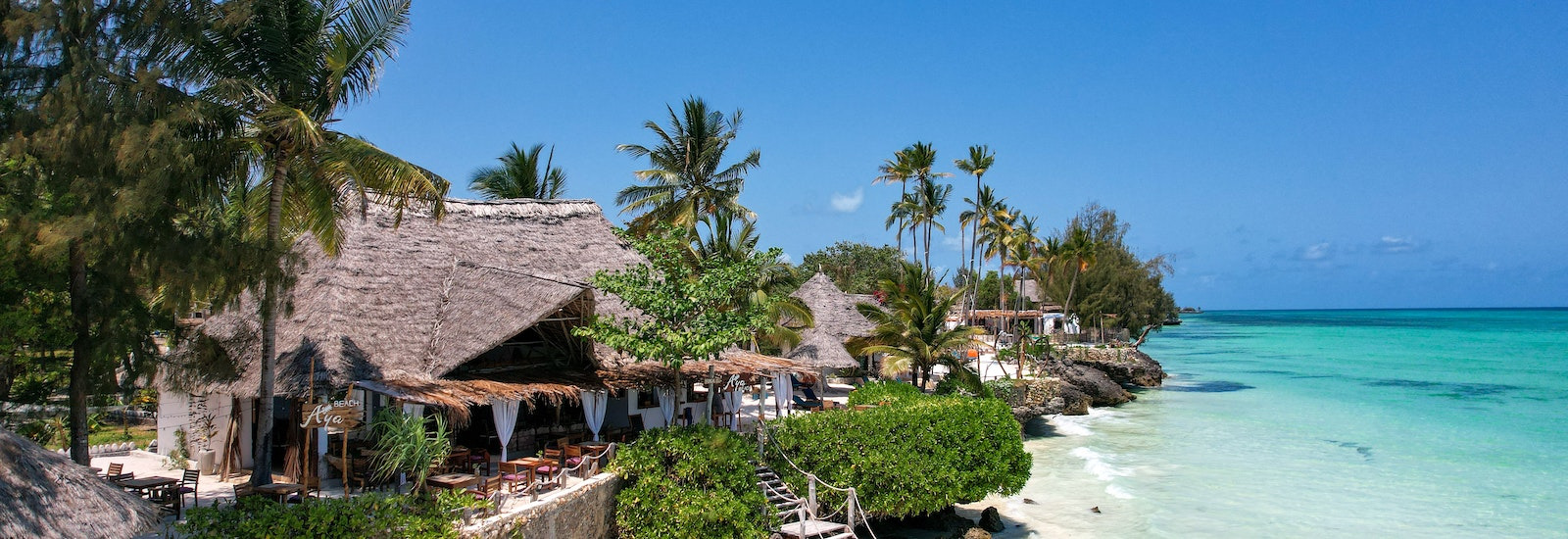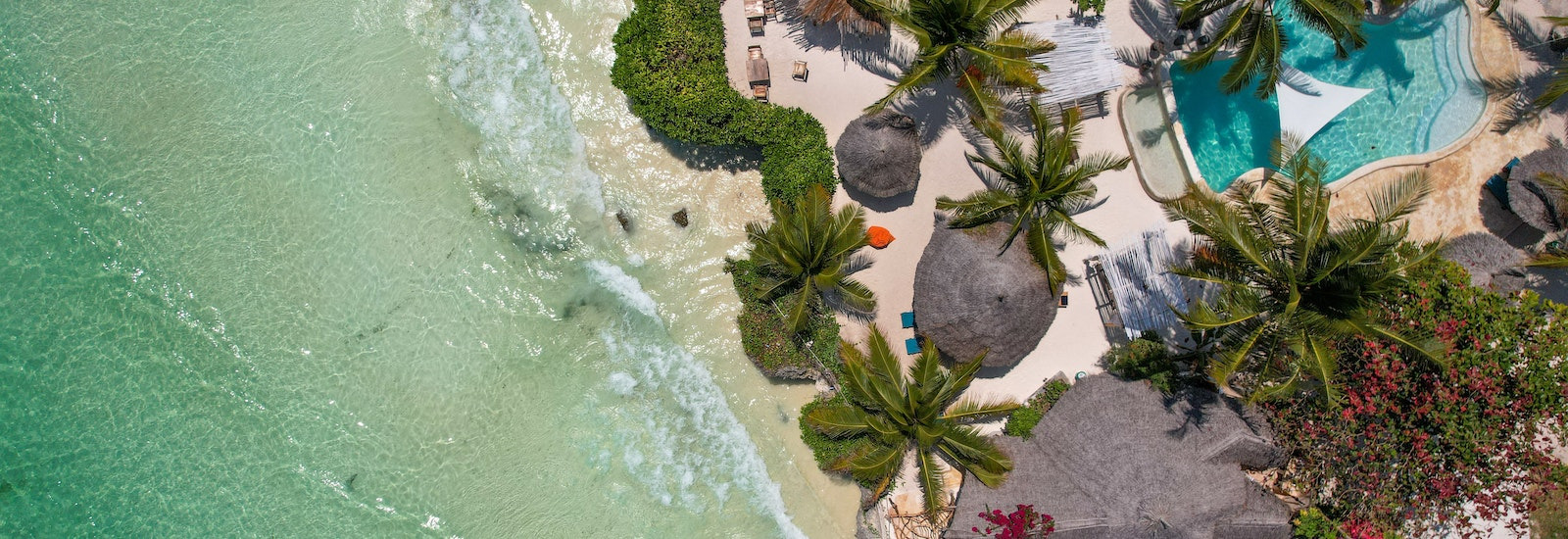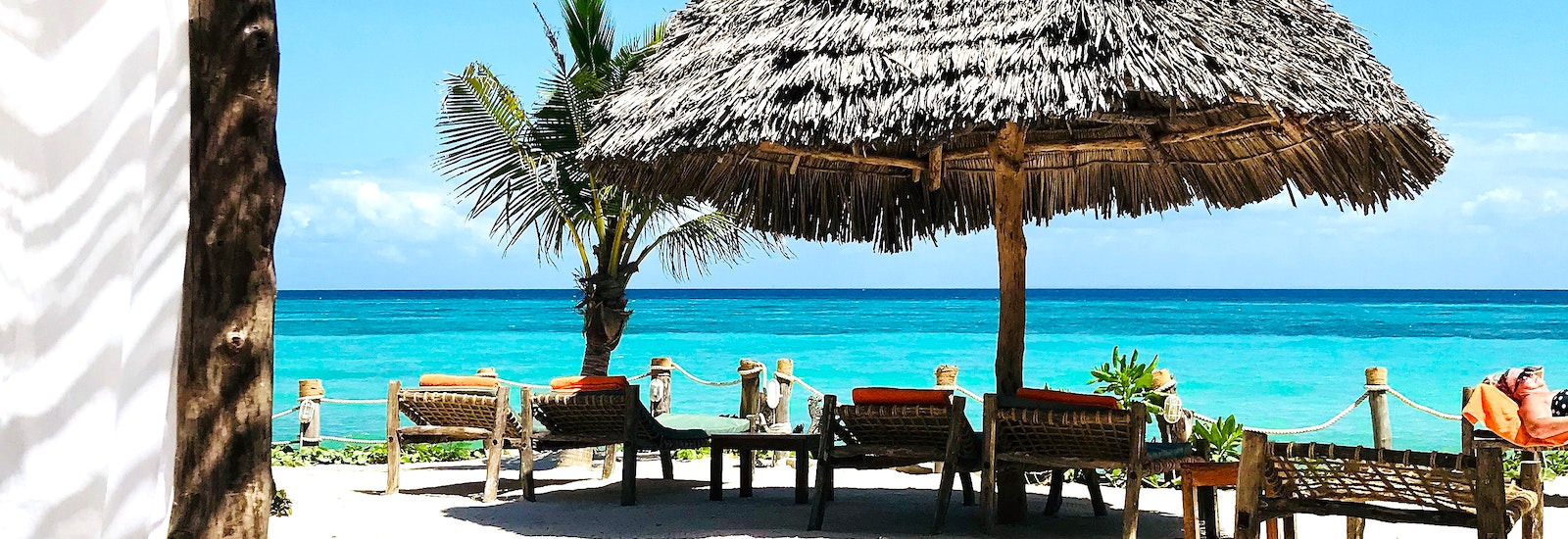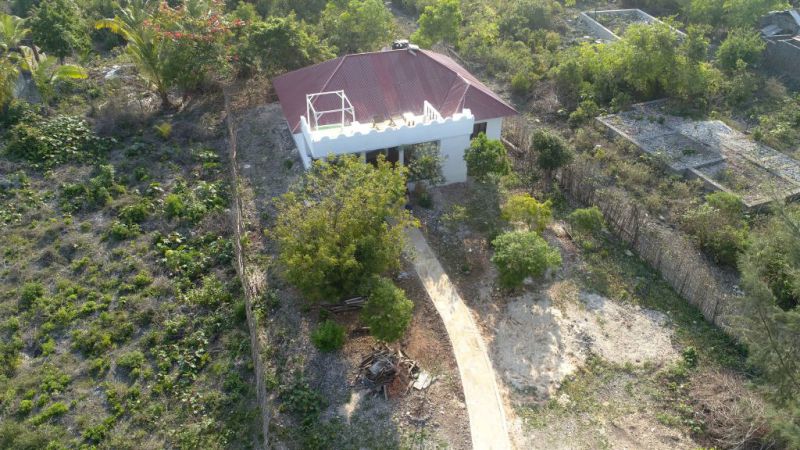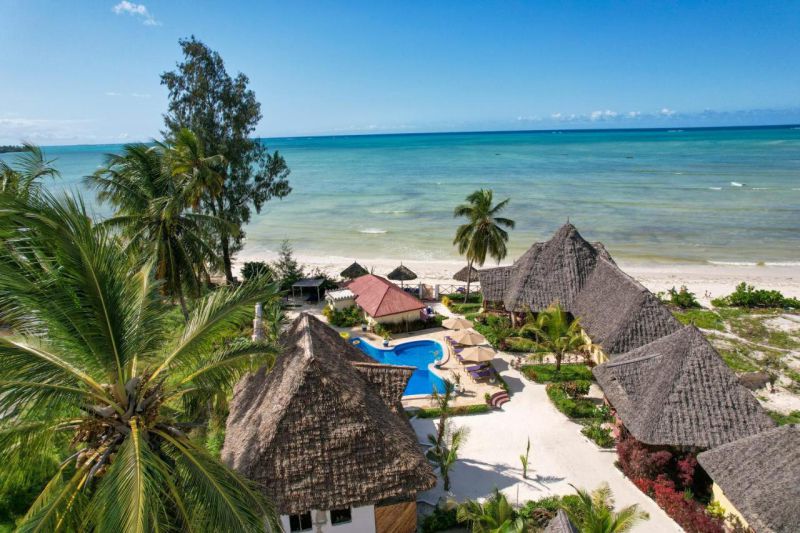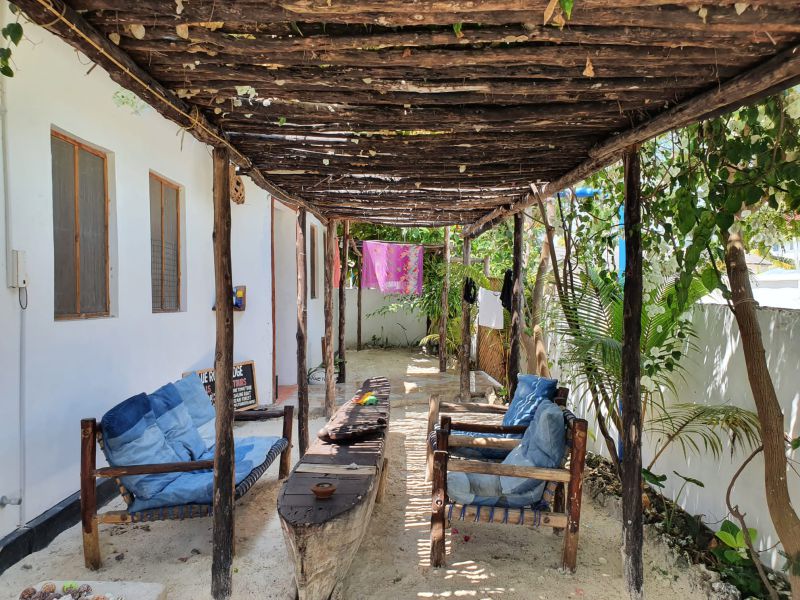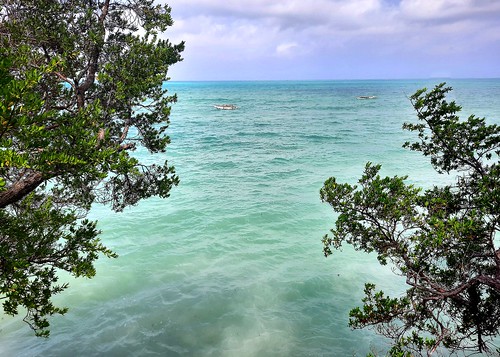Selected hotels
Red Roof holiday house
This spacy holiday flat consists of 3 bedrooms, 2 bathrooms, 1 living room and a kitchen. It is located in a plot of 1000 sqm in lush a garden around the house. As here in Zanzibar are often powe...
Small Paradise Jambiani
Welcome to our little paradise. Our private room with en-suite bathroom is located in Jambiani and is only 20 m away from the white sandy beach. The area is famous for the most beautiful sunrise and m...
Amber Lodge
Welcome to Paradise at Pongwe Beach, Zanzibar!Immerse yourself in the ultimate relaxation at one of the most exquisite places on Earth. Our charming hotel, situated right on the sparkling sandy beach,...
Blue Roof Lodge
Set in Jambiani, Blue Roof Lodge offers a cozy and affordable accommodation located next to the beach. Watch beautiful sunsets at the beach, enjoy the peaceful environment and take a break from busy l...

